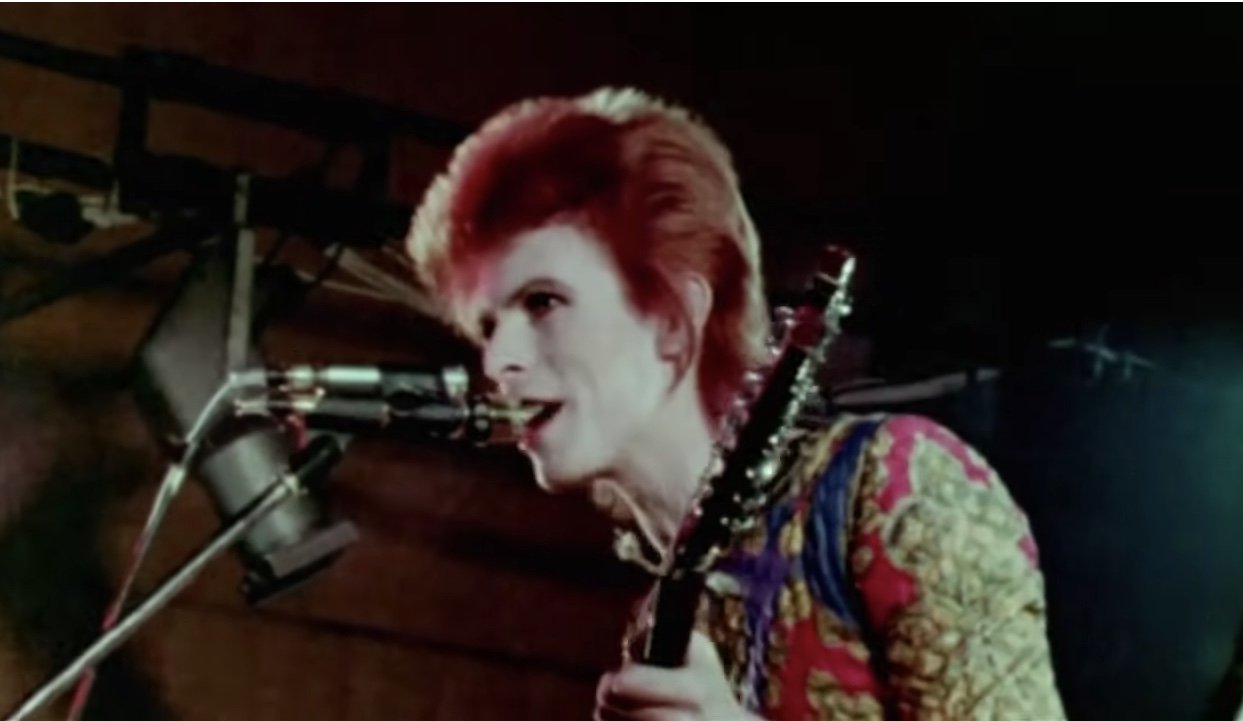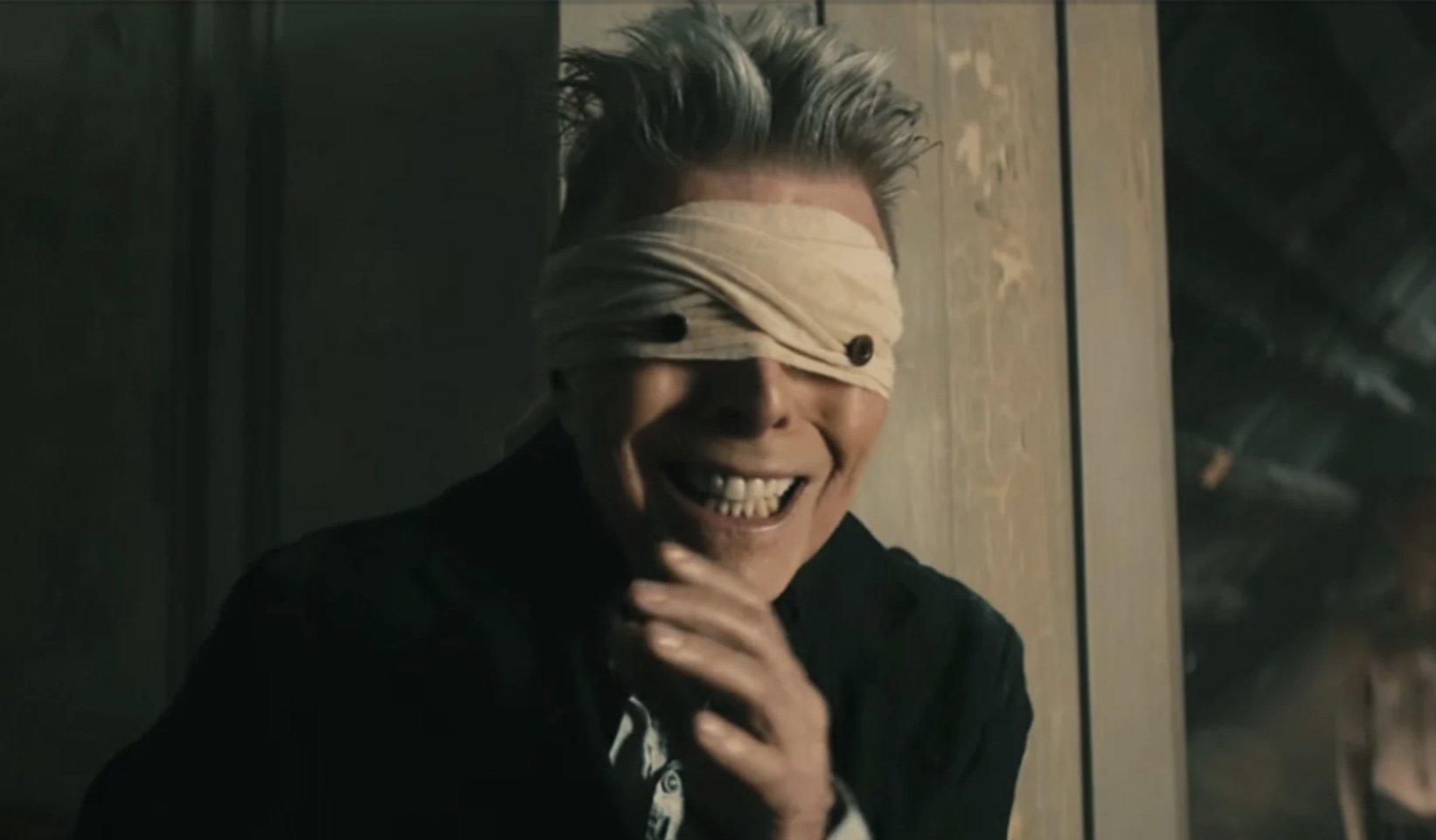9. Obscurity is the New Fame
Show Notes
Big 3 ideas from this episode:
Obscurity, Fame, Failure and Success are neutral concepts. Our thoughts about them give them positive or negative meaning.
What are your thoughts about obscurity and fame? There are benefits and curses of both.
Discover obscure artists from the past of present - and tell your friends why you love them.
Davie Bowie loved to play with the concept of fame,
and take on alter egos - like Ziggy Stardust.
Do you have an alter ego?
EPISODE No. 9
Obscurity is the New Fame
RESOURCES:
The World Has one Less Jeff Koons “Balloon Dog,” Hyperallergic. https://hyperallergic.com/802193/the-world-has-one-less-jeff-koons-balloon-dog/?utm_medium=email&utm_campaign=W022523&utm_content=W022523+CID_bb1cc3ad53bfbe7b05331ed0922ac4ee&utm_source=hn&utm_term=shatters+a+42000+Jeff+Koons+Balloon+Dog
19th Century Black Artists: https://edmonialewis.org/elBlog/index.php/2021/02/25/19th-century-black-artists/
The Velvet Underground: The band that made an art of being obscure: https://www.bbc.com/news/entertainment-arts-58876732
Dorothea Tanning: https://www.dorotheatanning.org/
Fernando Pessoa and his Heteronyms: https://poetrysociety.org/poems-essays/tributes/fernando-pessoa-his-heteronyms
THE NORTHWEST SCHOOL: https://www.seattleartmuseum.org/exhibitions/modernism
Iridescent Light: The Emergence of Northwest Art, Deloris Tarzan Ament. https://www.abebooks.com/9780295981475/Iridescent-Light-Emergence-Northwest-Art-0295981474/plp
-
Episode 9: Obscurity is the New Fame
===
[00:00:00] The metaphor mindset is a podcast for artists and creative thinkers, entrepreneurs and leaders who want to explore ideas around creativity and commerce.
[00:00:09] Think like an artist work like a boss.
[00:00:12] And this is episode nine. Obscurity is the new fame.
[00:00:28] The art world was in a tizzy last week when a visitor to the Art Wynwood Fair in Miami accidentally kicked the pedestal, where a shiny bright blue porcelain, balloon shaped dog stood knocking it to the floor. All the articles, and there were a lot of them quoted a bystander saying
[00:00:48] “It shattered into a thousand pieces.”
But from what I can count in the pictures, there were only about 150 pieces if that. The little dog was only about 15 inches tall. And was one of a series of 799 designed by pop artist Jeff Koons and produced by a Limoges family company.
[00:01:07] Each piece, taking a crew of 45 people several weeks to create.
[00:01:12] The art booth staff were quick to sweep up the broken shards and the art world gave a collective gasp, spurring, many commenters on the subject from the New York Times to the BBC to say the mishap was an art event itself.
[00:01:26] Koons is known for his huge public sculptures shaped like balloon animals, the kind of clown makes at a child's party. In fact, this is part of the point. He makes objects that spark our sentimental memories. One of these sculptures sold for 58 million in 2013.
[00:01:45] This little blue puppy was priced at a mere, 42,000.
[00:01:49] We can see it a couple of different ways. A symbol of the banal state of capitalist art in the age of NFTs pixels and glass as fleeting as helium.
[00:01:58] We can see it as an example of the emperor who has no clothes. It's shattered porcelain turtles all the way down, or it's a metaphor for the fragility of life. What we create will be swept away into the dust bin of memory, including our concept of fame and value, and we should enjoy the bright colors while they last. It's the dramatic irony of a balloon dog falling, not floating, and shattering, not rising. \
[00:02:22] Koons has fans and foes.
[00:02:25] He has a factory of workers cranking out his confections like Willy Wonka, who said, after all For the rest of. We can break things all day long with no article being written about it, and no one wanting to sweep up the pieces to keep in their art collection.
[00:02:51] The art world is in the process of pulling artists from obscurity women, artists from the Renaissance up through the 20th century. Black women artists, long working without attention, artists of color, and many other unknown artists from around the world, such as Edmonia Lewis and May Howard Jackson, trained professional sculptors who created amazing work that was never given the audience it deserved.
[00:03:15] I have some links for reference in the show notes. This is a fascinating process to see many more artists brought to light. so many have been lost to history, but still we are starting to get to know new artists that we never had access to before.
[00:03:30] Today I'm gonna talk about the blessings and curses of obscurity and fame. There is culturally imposed obscurity and fame that comes from privilege and position and money, economics, class, location, education, and much more.
[00:03:45] One of my most admired coaches, Direlle Charon says, "identity is the thoughts you think about yourself despite the circumstances."
[00:03:54] Many artists I have worked with have the thought. I work in obscurity and that's not good. But I wanna take apart this thought and go deeper into the ideas and meanings of obscurity and fame themselves.
[00:04:07] Obscure. To cover conceal. dark, clouded, hidden, dim, not clear, unknown, but obscure also means to outshine or overshadow. . So obscure can mean both hidden and the act of covering over or outshining something else. During an eclipse, the moon obscures the sun.
[00:04:29] Okay, onto fame. Fama from Latin means to talk, rumor, report, to speak or say. Fama was the Latin goddess of rumor.
[00:04:40] She sometimes carried a trumpet. So fame is rumor versus truth, and obscurity is both hidden and to outshine. I often find when you dig deep enough that words can also mean they're opposite.
[00:04:54] These are called Janus words. Janus was the Latin God of endings and beginnings. That's where we get January from, he looks to the past and to the future.
[00:05:05] The root of the word fame is also in the name Polyphemus, the pseudonym for the Cyclops. The famous one-eyed Monster from Greek mythology. When you have only one eye depth perception is a problem. You need two eyes for each eye to get a picture. Then that picture comes together in your brain.
[00:05:24] We need both light and dark. We need both eyes to have depth perception. We need two eyes for perspective, and we need to look backward and forward.
[00:05:34] So remember, like any concept, obscurity and fame, success and failure are neutral. One person's success is another person's failure. One person's obscurity is another person's fame.
[00:05:52] You can feel famous in your small town, or you can feel obscure and make millions of dollars a year. One benefit of obscurity is it allows you to keep the mind of the seeker, the mind of the beginner,.
[00:06:05] To be open to exploration and change to follow your own voice, your own muse, wherever she goes. There's no pressure to repeat yourself, to work in the same mode, to impose restriction or constraint. There's no pressure to choose a niche or work in a particular way. The downside is
[00:06:25] if you don't have any constraints on your work. You're missing out on the benefits of constraint.
[00:06:31] Constraint can be a good thing if you create a series of paintings, a book or a song that everyone loves, and then do it again and again in the same mode.
[00:06:41] You will improve and change within those constraints. You may find small little shifts that take you to new places creatively.
[00:06:50] So the solution to overcoming this feeling of too much freedom is setting constraints for yourself. I haven't set rules for myself in the studio. Like painting in a limited palette or painting three paintings in a row that are all similar. Before I move on to the next project. And every time I set some kind of constraint, my work improves.
[00:07:09] And obviously. There are benefits to fame. The more people know about you. The more work you may sell, the more exhibitions. The more followers. You may have more opportunities that you might not have had otherwise.. . The downside is this road can be more determined by other people, more people to pay some of that new money, to more people who have expectations of you.
[00:07:32] Early on, we yearn for help, mentors and teachers to tell us what to do next. But after that happens and you gain some wisdom, you may realize that the advice from others is not the road that you would've chosen.
[00:07:45] One solution is decide if you want this. Decide who you want to become along the way.
[00:07:51] If this is part of your plan, then love your reasons for pursuing it and enjoy the ride.
[00:07:56] And now a few notes on some famously obscure artists,
[00:08:00] the velvet underground, Lou Reed's famous band. In New York city. In the late sixties. Brian Eno said of their first album, " they only sold 10,000 copies, but everyone who bought it formed a band."
[00:08:15] And therefore formed a movement that influenced millions of artists, musicians, and listeners.
[00:08:20] Lou Reed and John Kale came together and created an album called Songs for the Name. Drella comes from their nickname for Andy Warhol. A combination of Dracula and Cinderella. The Dark and the Light. Songs for Drella is a tribute album to Andy Warhol about Warhol's private, obscure side and the sadness he felt around losing friends when they all got famous.
[00:08:45] My friend, the famously obscure poet and brewer Kevin Forhan, said of Warhol "fame was his art."
[00:08:52] Dorothy Tanning.
[00:08:54] I talked about Dorothea tanning in another episode, and like many female artists, she didn't get the attention that her more famous male counterpart, got, she was married to Max Ernst, the famous surrealist collagist.
[00:09:08] It's funny even to say that, but he was!. Dorothea outlived Ernst. She lived to be over a hundred years old and produced sculpture, poetry, and many other forms up until her death. And she made some of her best work in her seventies.
[00:09:22] The poet Fernando Pessoa, he was known during his lifetime, but he published many essays, poems, and books that he didn't even take credit for. He had more than 75 heteronyms or alter egos. He was obscure even to himself, and yet his alter egos were famous in his own mind.
[00:09:42] My friend, the writer, David Mecklenberg, has an alter ego named Ada Ludenow., ADA writes some of his books and is a character in many and in many pieces of art. ADA once told me, quote, as an obscure, I am permitted to write the most exquisite of books, one so rare that I alone can find it in the library of Babel."
[00:10:06] In 1953 life magazine published an article about the group of artists working in the Seattle area and called them the Mystics of the Pacific Northwest, they came to be known as the Northwest school.
[00:10:23] To some of you, the Northwest School is itself obscure, but this era of art put Seattle on the map. Decades before Nirvana
[00:10:33] The group included Mark Tobey, Guy Anderson, Morris Graves, Kenneth Callahan. Paul Hirouchi, George Tsutakawa, and others, but to a lot of people, this is a very obscure collection of artists and this is how it works. What's famous to one person is completely unknown to another.
[00:10:52] One of the Northwest School artists, Wesley Wehr, W e h r was a musician and Mark Toby's piano teacher in the 1950s and sixties. He was a composer and he turned from composing to art after he felt the pressure of success.
[00:11:11] In his visual art. He had many exhibitions in Seattle galleries and museums , but unless you were a student of the Northwest School, you've probably never heard of him. He was also a paleontologist and helped establish the Burke Museum and found many Fossil. In Eastern Washington. In fact, he and a friend discovered a 50 million year old fossil bed.
[00:11:31] They called these fossils of roses that they found stone roses and where helped establish the Stonerose interpretive center in Ferry County, Washington. In the middle of nowhere, the band Stone Roses, ironically, was famous for their first album, and then struggled to top it.
[00:11:50] Fame and obscurity is like a stone rose, a delicate balance of beauty and stillness, dynamic movement and calcification. It's a dance we do in our minds.
[00:12:01] The main thing is to revel in your process and not let your mind spin out about these things. My obscurely famous poet, brewer, friend says that one benefit to obscurity is 100% audience satisfaction.
[00:12:17] So for my podcast, I have one listener that I focus on. I'm obscure, but I have this audience of one who is 100% supportive, and that feels good too. People equate fame and success, but there are many unknown successful people and many well-known people who you would never think of as successful or would never call themselves successful.
[00:12:41] People think fame is random, which it can be, and there are many major elements of luck and privilege to it, but well-known people. People became that way often because they had a plan and plugged away at it for years,.
[00:12:54] Auditions, creating art, promoting themselves hard work, press releases, writing articles, getting agents, hiring PR firms, working at the business side of their art. It doesn't just rise from nowhere usually, and all of that hard work cannot ensure fame either. So why pursue it? Ego money, attention.
[00:13:15] I just this second received a text from my friend Kevin that said,
[00:13:21] I listened to your last episode and really enjoyed it, and I texted him back. Oh, great. Ironically, I'm working on episode nine right now
[00:13:29] and potentially quoting a famously obscure poet
[00:13:32] you may not have heard of Kevin Forhan. My audience of one, I'm going for 100% audience satisfaction,
[00:13:40] and if the time comes that I have two listeners, I'll cross that bridge when I come to it.
[00:13:45] And Kevin texted me back " that I was once your only listener, might one day be my greatest claim to fame. "
[00:13:52] So this may have been a surreal take on obscurity and fame, but I hope it was enlightening.
[00:13:58] I hope it gave you a chance to look at obscurity and fame with both eyes open.
[00:14:04] I encourage you to find and support obscure artists from the past and the present. Go to a local independent used bookstore
[00:14:12] and buy a copy of a book about your local area's art history, and learn about those that came before. So you can learn from the God Janus to look backward and forward to enrich your understanding of your particular field of obsession and creativity.
[00:14:28] I did this with the Northwest School. I came across a book by Dolores Tarzan, Ament. For many years, she was an art critic for the Seattle Times and she wrote a book about the Northwest School. Out of 20 artists, only three are women. I know there were many more women working during that time period.
[00:14:47] But still it is a really fascinating book. It's called
[00:14:51] iridescent Light, the Emergence of Northwest Art,
[00:14:54] I highly encourage you to read it, but there are many books about wherever you live. Just hanging out there on used bookstore shelves, waiting for you to discover them
[00:15:05] and learn from new mentors. thanks everyone and have a courageously creative week. Metaphor Mindset Studio. Think like an artist work like a boss.










